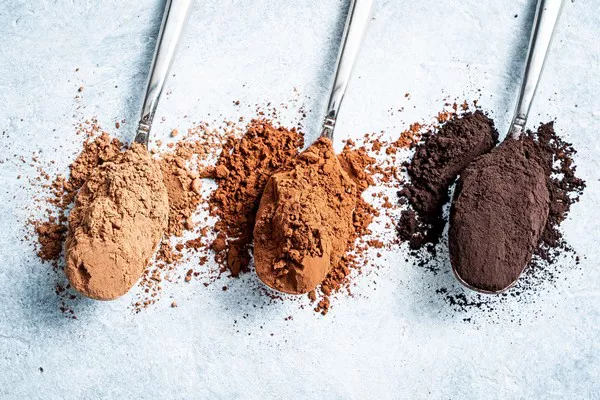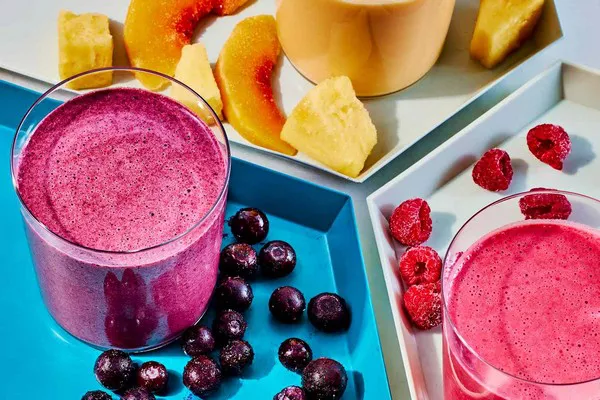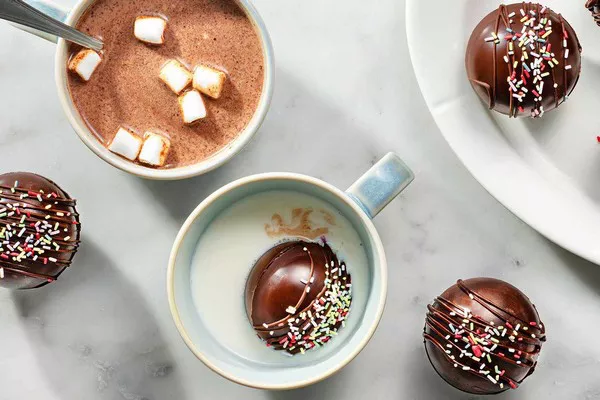When it comes to baking, cocoa powder plays a pivotal role in defining the flavor, texture, and overall quality of your creations. From decadent cakes to rich brownies and delicate cookies, the choice of cocoa powder can significantly influence the outcome of your baked goods. However, with a plethora of options available in the market, selecting the right type of cocoa powder can be a daunting task for bakers. In this comprehensive guide, we delve into the nuances of cocoa powder and unveil the best type for baking aficionados.
Understanding Cocoa Powder: The Basics
Before delving into the intricacies of selecting the ideal cocoa powder for baking, it’s essential to understand the fundamental types and their characteristics. Cocoa powder is derived from cocoa beans, which are the seeds of the cacao tree. These beans undergo a series of processes, including fermentation, drying, roasting, and grinding, to produce cocoa solids, which are then further processed to yield cocoa powder.
There are primarily two types of cocoa powder available in the market: natural cocoa powder and Dutch-processed cocoa powder.
1. Natural Cocoa Powder: This type of cocoa powder is made from cocoa beans that are roasted and then ground into a fine powder. It retains its acidic properties and has a slightly bitter flavor profile. Natural cocoa powder is often lighter in color and is commonly used in recipes that require baking soda as a leavening agent, as the acidity helps activate the baking soda to produce carbon dioxide gas, resulting in a lighter texture.
2. Dutch-Processed Cocoa Powder: Also known as alkalized cocoa powder, Dutch-processed cocoa powder undergoes an additional processing step where it is treated with an alkaline solution to neutralize its acidity. This process results in a darker color and a milder flavor compared to natural cocoa powder. Dutch-processed cocoa powder is often used in recipes that call for baking powder as a leavening agent, as the neutral pH prevents the acidic reaction with baking soda.
Factors to Consider When Choosing Cocoa Powder for Baking
Selecting the right cocoa powder for your baking endeavors requires careful consideration of several factors:
1. Flavor Profile: The flavor of cocoa powder can vary widely depending on its processing method and the quality of the cocoa beans used. Natural cocoa powder tends to have a more intense and slightly acidic flavor, whereas Dutch-processed cocoa powder offers a smoother and milder taste. Consider the flavor profile that best complements your recipe and personal preferences.
2. Color: Cocoa powder color can range from light brown to deep reddish-brown, with Dutch-processed cocoa powder typically being darker than natural cocoa powder. The color of the cocoa powder can impact the appearance of your baked goods, especially in recipes where cocoa is the primary flavor and colorant.
3. Texture: The fineness of cocoa powder can affect the texture of your baked goods. Look for cocoa powder that is finely ground and free of lumps to ensure smooth incorporation into your batter or dough.
4. Fat Content: Cocoa powder contains cocoa butter, which contributes to its richness and mouthfeel. Higher-fat cocoa powders may result in moister and more flavorful baked goods. However, it’s essential to balance the fat content with other ingredients in your recipe to achieve the desired texture and consistency.
5. Acidity: Consider the acidity level of the cocoa powder, especially if your recipe calls for specific leavening agents such as baking soda or baking powder. Natural cocoa powder has a higher acidity level, making it suitable for recipes that require baking soda to help with leavening.
6. Price and Availability: While premium-quality cocoa powders may offer superior flavor and texture, they often come with a higher price tag. Consider your budget and the availability of cocoa powder options in your area when making your selection.
Best Cocoa Powder for Different Baking Applications
The ideal cocoa powder for baking can vary depending on the specific recipe and desired outcome. Here’s a guide to choosing the best cocoa powder for various baking applications:
1. Chocolate Cakes and Brownies: For rich and indulgent chocolate cakes and brownies, Dutch-processed cocoa powder is often the preferred choice. Its smooth and mellow flavor enhances the chocolatey goodness of these baked treats without overpowering other ingredients.
2. Chocolate Cookies and Biscuits: When making chocolate cookies or biscuits, either natural or Dutch-processed cocoa powder can be used depending on the desired flavor profile. Natural cocoa powder lends a more intense chocolate flavor, while Dutch-processed cocoa powder offers a mellower taste.
3. Chocolate Frostings and Ganaches: For silky smooth chocolate frostings and ganaches, Dutch-processed cocoa powder is highly recommended. Its dark color and mild flavor provide the perfect base for creating decadent toppings that pair well with a variety of baked goods.
4. Hot Cocoa and Beverages: When making hot cocoa or other chocolate beverages, natural cocoa powder is often preferred for its robust flavor and acidity. Its intense chocolatey taste shines through when combined with milk or water, creating a comforting and indulgent drink.
Conclusion
In conclusion, selecting the best cocoa powder for baking involves considering factors such as flavor profile, color, texture, fat content, acidity, price, and availability. Whether you prefer the boldness of natural cocoa powder or the smoothness of Dutch-processed cocoa powder, understanding the characteristics of each type is key to achieving optimal results in your baked creations. By choosing the right cocoa powder for your recipes, you can elevate the flavor and quality of your baked goods, delighting the palates of friends, family, and customers alike.


























